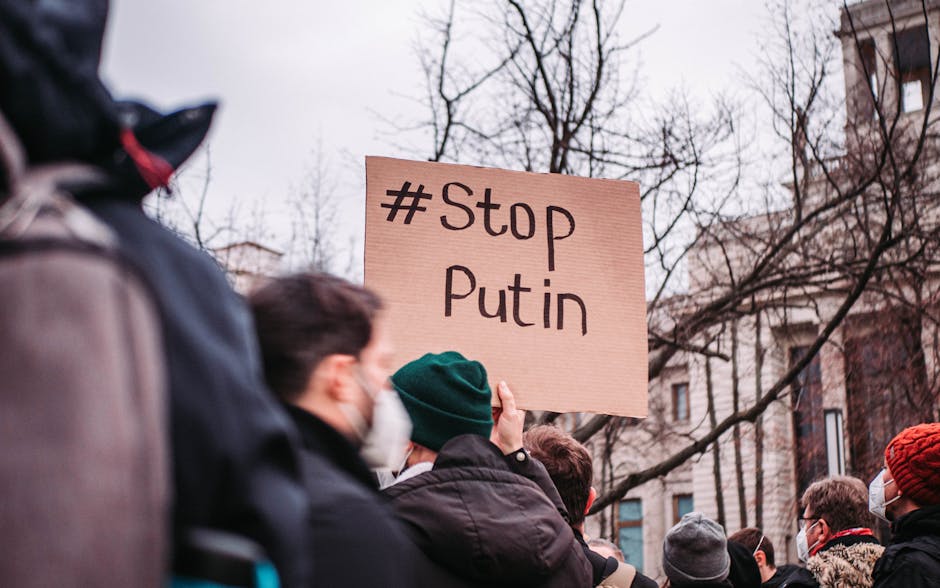EU Scrambles to Reduce Reliance on Chinese Rare Earths – What’s the Plan?
The European Union is urgently working to lessen its dependence on China for rare earth elements (REEs), essential for electric vehicles, wind turbines, and tech devices. With supply chain risks growing, Brussels is pushing a new roadmap—but what does it entail, and how will it impact global trade?
Why Is the EU Acting Now?
China controls 90% of the global rare earth market, giving it dominance over green energy and tech sectors. Recent crises—like COVID-19 supply shocks and the Russia-Ukraine war—exposed Europe’s vulnerability, forcing swift action.
“Rare earths are the oil of the 21st century,” said EU Internal Market Commissioner Thierry Breton. “We must secure our own supply.”
The EU’s 3-Step Plan to Break Free from China
1. Ramp Up European Mining & Processing
The EU aims to tap into untapped deposits in Sweden, Finland, and Greenland, speeding up approvals for projects like Sweden’s Norra Kärr mine (potential 2026 start). Currently, 90% of rare earth refining happens in China, so Europe must build its own processing plants.
2. Partner with Alternative Suppliers
The EU is strengthening ties with Australia, Canada, and Africa (Namibia, South Africa). A new EU-Kazakhstan Critical Raw Materials deal ensures lithium and cobalt supplies, while Australia’s Lynas Rare Earths expands production outside China.
3. Boost Recycling & Innovation
Only 1% of rare earths are recycled globally—a huge opportunity. The EU is funding circular economy projects, like extracting REEs from old electronics, via the European Raw Materials Alliance (ERMA).
How Will This Shift Global Trade?
✔ China’s Response: Beijing warns against “decoupling” and may retaliate if EU cuts imports.
✔ Winners: Australia, Canada, and Africa could gain from EU investments.
✔ Industries: Short-term costs may rise for automakers, but long-term supply security will help.
Biggest Challenges Ahead
- Environmental Issues: Mining rare earths is polluting—EU regulations may slow projects.
- High Costs: Building a new supply chain could cost €2-3 billion over 10 years.
- Geopolitical Risks: Supplier nations could face instability, disrupting supply.
What’s Next?
The EU Critical Raw Materials Act (2024) will set binding targets:
⚡ 30% of rare earths sourced from Europe by 2030.
⚡ Stronger trade deals with resource-rich nations.
If successful, the EU could reshape the global rare earth market—but China won’t give up its dominance easily.




